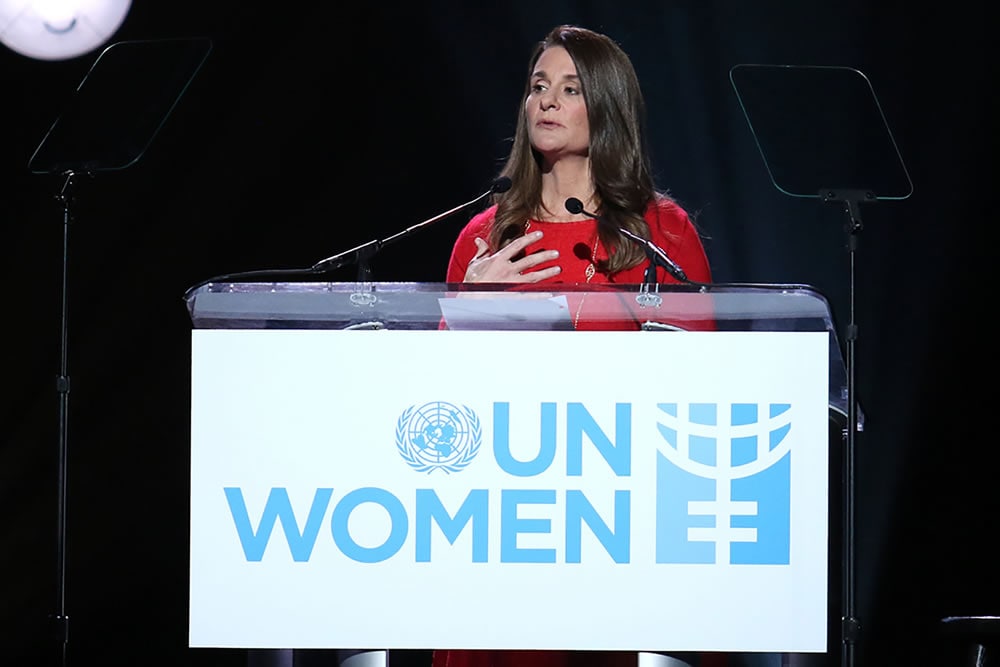Overwhelmingly female in the field, many direct selling companies still mostly male in C-Suite
By Jennifer Osborne
“Women need to ask for more than we do; women as a whole, not just executives, need to step up in every department, in every shape, in every form across the board and ask for more.”
— Laura Brandt, President, IDLife
The most recent Forbes’ 100 Most Innovative Leaders list includes only one woman. This number has raised many questions and debate about inclusion and diversity across the business community.
This content is restricted to site members. If you are an existing user, please log in. New users may register below.



Comments are closed.